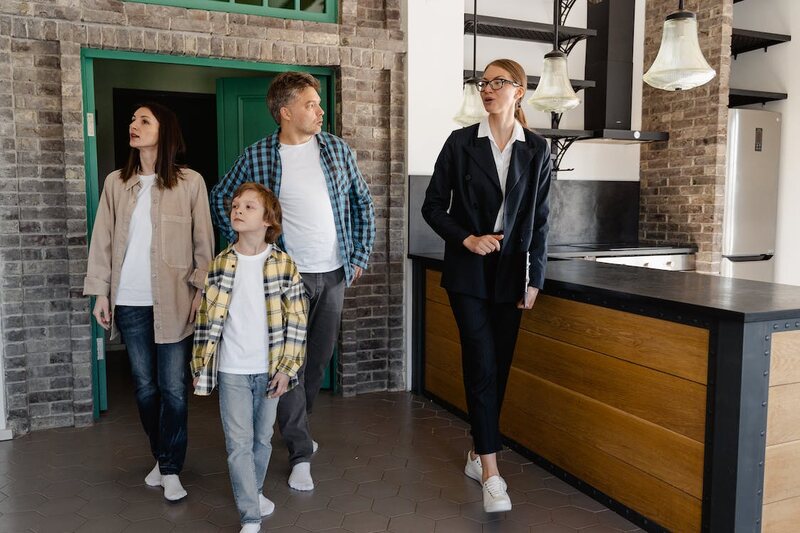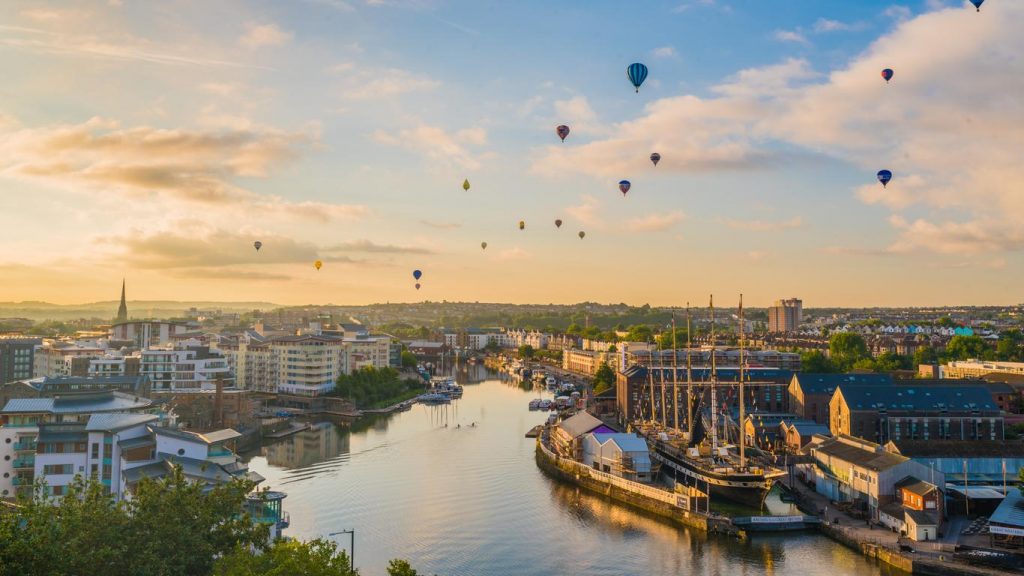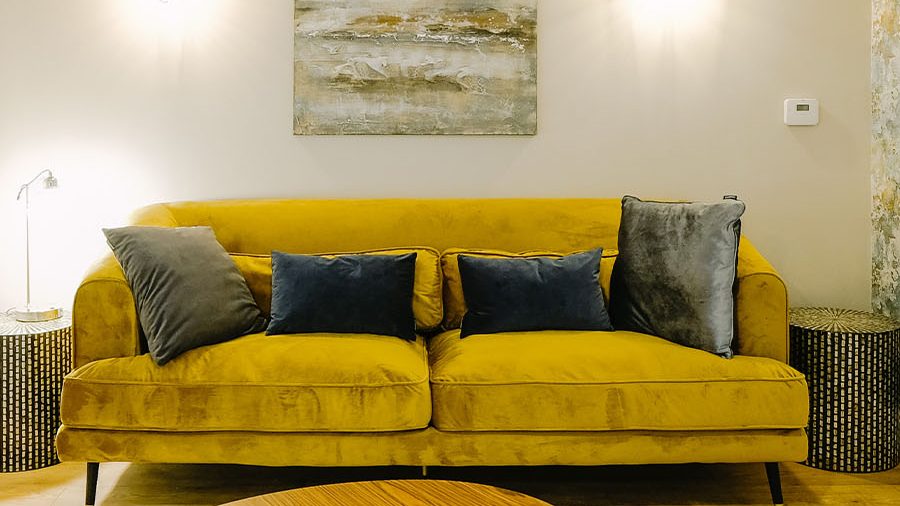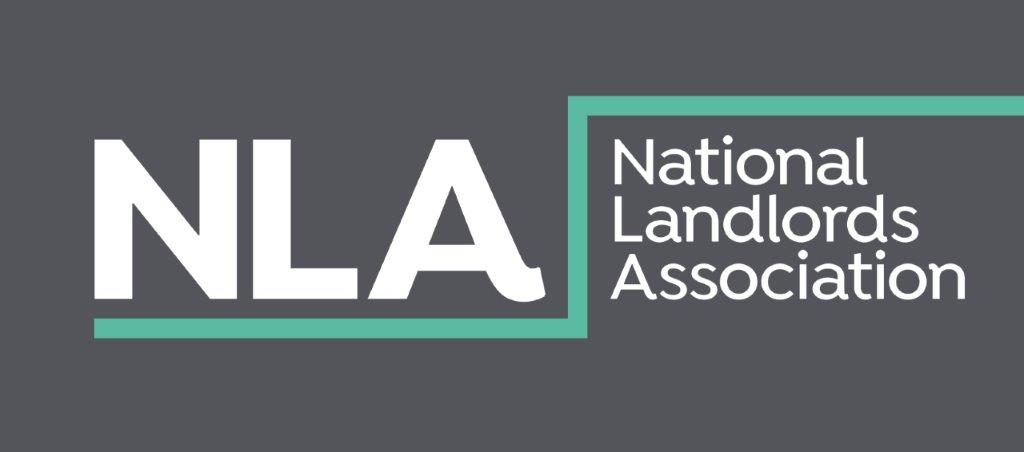

Despite home ownership becoming more difficult in recent years, the dream remains strong for most in the UK. For more than half of Brits, buying your first home sits atop their list of life goals, even before starting a family.
The step onto the property ladder is probably the weightiest one you’ll make in life. It’s also one of the most drawn out. The journey is long between deciding that you’re ready and taking that first step into your new home. In between, you’ll have to contend with a marathon of paperwork, viewings, and moving in your stuff.
To help you nab the home you want without tanking your budget, here’s a quick guide that condenses the most important things you need to know about every step of the process.
Budgeting To Buy Your First Home
A cardinal rule to buying your first home is to figure out what you can really afford–and to stick to it religiously. Your mortgage won’t be your only significant expense. Debts, loans, and insurance will all incur costs. Failing to accurately account for these may lead to becoming “house poor”, or having little money to spend on anything outside of payments for your home.
Not sure where to start? Start at 28%.
One basic tenet that can help you get started with budgeting is the 28% rule. According to the rule, no more than 28 percent of your monthly pre-tax income should go towards mortgage payments.
Costs To Look Out For
Beyond recurring mortgage repayments, there are still a handful of fees you have to account for when buying your first home. Keeping a list of your payables will be key for properly budgeting and avoiding sticker shock when the bills come in.
Mortgage Deposit
A deposit is easily the heftiest fee you’ll need to pay upfront. Most first-time buyers save for eight years just to afford the down payment for a home. Just how much should you expect to pay? Down payments usually cost around 5 percent of a property’s value, but it’s not uncommon to have to pay up to 15 percent.
Indemnity Insurance
Buying a home isn’t without risk. Indemnity insurance protects you against any liabilities from property defects. For instance, the previous owner may have built an extension without the proper planning permission. Indemnity insurance pays for the cost of resolving these legal breaches–a welcome boon given all the money you already need to spend on repayments and moving in. Premiums will range anywhere from £20 to hundreds of pounds, depending on the value of the property and the coverage of the policy.
Building Insurance
While building covers aren’t legally mandatory, many mortgages stipulate getting one as part of the agreement. Even if yours doesn’t, getting coverage is highly advisable to protect yourself against damage. Without a cover, you could find yourself ruined by costs to repair fixtures and structural faults. Expect to pay an annual fee of at least £100 per year, more if your policy covers contents insurance.
Conveyance Fees
Aspiring homeowners have to navigate a web of paperwork and legalities. Hiring a professional conveyancer ensures the transaction stays on the right side of legal–something you’ll always want when large sums of money are changing hands and you’re signing contracts that will bind for decades. Conveyancer fees can cost up to £2,000. This may or may not include disbursement fees they’ll need to pay third-parties on your behalf.
Survey Fees
When you’ve got your eyes set on a property, it’s easy to overlook red flags. These oversights can be costly. The majority of homeowners end up paying for repairs within their first year of moving in. Some unsavoury sellers deliberately hide defects. Due diligence through surveyance protects and saves you from adding another entry to your list of payables. Surveys in the UK range from £300-£1500–steep at a glance, but relatively cheaper from the £5,750 average repair bill for owners who don’t get them.
Looking For And Landing Your Dream First Home
Ultimately, location matters more than the aesthetic of a property. You can love how a home looks like, but end up in a neighbourhood you hate. You can always renovate, but you can’t change the culture of the community you live in.
So it’s crucial that your initial search begins from a viewpoint that overlooks the bigger picture. Families with children will want to look into the quality of schools in the area. If you’re looking to settle into somewhere sedate, how will future developments affect traffic and noise levels? If you need to commute to work, how close are the local transport links?
Once you decide on a location, it’s time to register with local real estate agents. These are professionals who can find a home that checks all the boxes. Registering also gives you an early advantage, as many agents contact registered buyers for viewings before a listing goes public.
When you feel like you’re ready to make an offer, make sure you’re making a competitive bid. You can do that by researching the cost of properties around the area. If you and your agent come to an agreement, get it in writing. This way, you can protect against getting gazumped by buyers with a higher bid.
Settling In
Finally, after all the i’s have been dotted and t’s crossed, you’re ready to move in. While moving in is much more exciting than filing documents and negotiating deals, the process can still be stressful–and excessively expensive–for the underprepared.
Be prepared to pay for professional removal teams. While you can pack and haul your possessions to your new home by yourself, hiring a removal company means your things arrive safely and in one piece. That’s also a tedious and backbreaking step off your list, allowing you to use your time for other tasks like decorating, shopping for new furniture, or exploring your new neighbourhood.
Buying a home is a complex affair, but it doesn’t have to be such a nightmare. Thorough research and being smart about your budget will go a long way in helping you avoid common mistakes for first time buyers.















